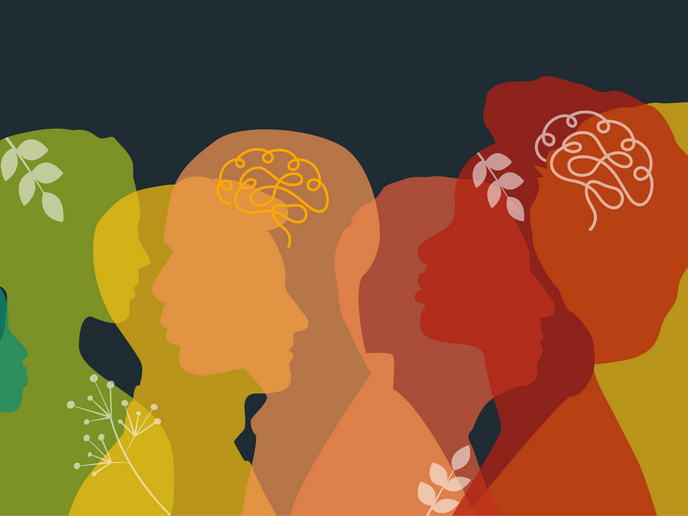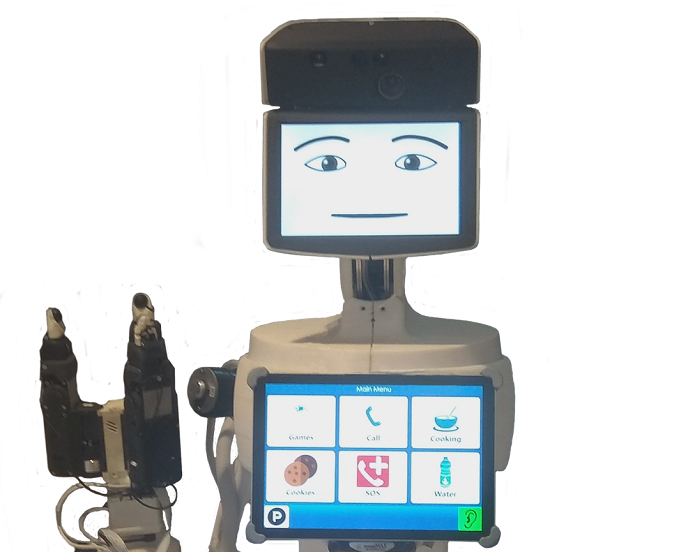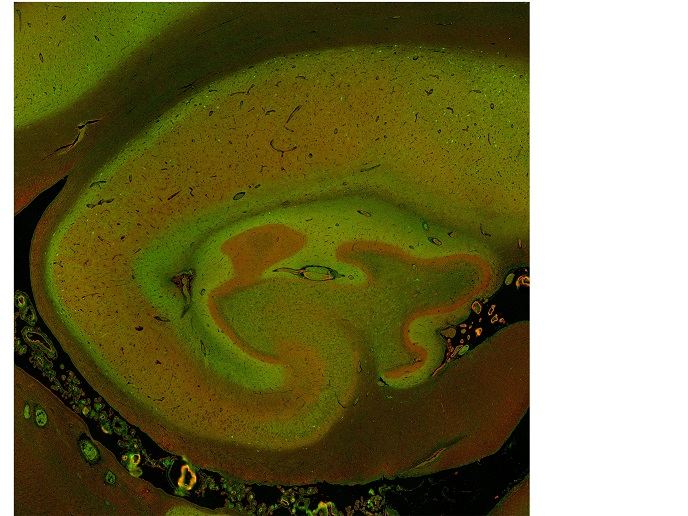A deeper understanding of human social interactions
Humans are social creatures. Our understanding of the world around us is dictated and shaped through the social interactions that we observe and take part in, so we are excellent at extracting and processing social information. We can tell if people are fighting, or flirting, for example. Yet until recently, we have known relatively little about how these skills develop. “In the last few years, a handful of labs have started to unpick which brain regions are involved,” explains Kami Koldewyn(opens in new window), professor in Psychology at Bangor University and Becoming Social project coordinator. “This work suggests that, at least in adults, observed social interactions are processed and understood through a small network of dedicated regions,” she adds. In the Becoming Social project, which was funded by the European Research Council(opens in new window), Koldewyn and her team explored the roots of our social understanding, by investigating the behavioural and neurobiological systems that support complex social perception. “The results from Becoming Social suggest, among other findings, that a region in the posterior superior temporal sulcus(opens in new window) is centrally involved – at least when interactive information is dynamic and unfolds over time,” says Koldewyn.
Finding the neural underpinnings
To start investigating, the Becoming Social team first mapped the neural basis of the perception of social interactions in typical adults. “In the course of doing that, we found intriguing complexities that we then followed up on,” remarks Koldewyn. One of these was how static depictions of social interactions – a single snapshot of a hugging couple, for example – were processed quite differently than dynamic interactions that unfold across time. The team also investigated similar questions in children, using functional magnetic resonance imaging to understand the development of certain brain regions and eye tracking to look at whether children viewed and processed scenes differently. “In the last few experiments supported by the grant, some of which are still ongoing, we are trying to test the limits of these systems, for example when processing information from non-human interactants (such as robots or avatars) as well as how this system is altered when individuals struggle to understand or engage with social interactions,” notes Koldewyn.
Feeding into developmental neuroscience
In one soon-to-be published study using transcranial magnetic stimulation, the team revealed an unexpected role in social interaction perception for a region in the left hemisphere that is specific to processing body information: the left extrastriate body area. “This will be something of a surprise to experts in the field of body perception,” says Koldewyn. Another study(opens in new window) not only revealed an unexpected difference in networks between children and adults, but introduced the new, cutting-edge technique of ‘supportive connectivity’ into the field of developmental neuroscience. “One thing we feel we can conclude is that children’s ability to parse the complex and nuanced information conveyed in interactions is not fully adult by early adolescence,” adds Koldewyn.
A key piece of the puzzle
The results form a crucial piece in our understanding of how social development affects and is intertwined with other aspects of cognitive development. “Understanding how neural systems work, what information they are sensitive to and encode, and how they change across development – and then trying to connect that information to behaviour and skills – are necessary first steps to understanding how to best support people when those systems or skills are compromised,” says Koldewyn.







